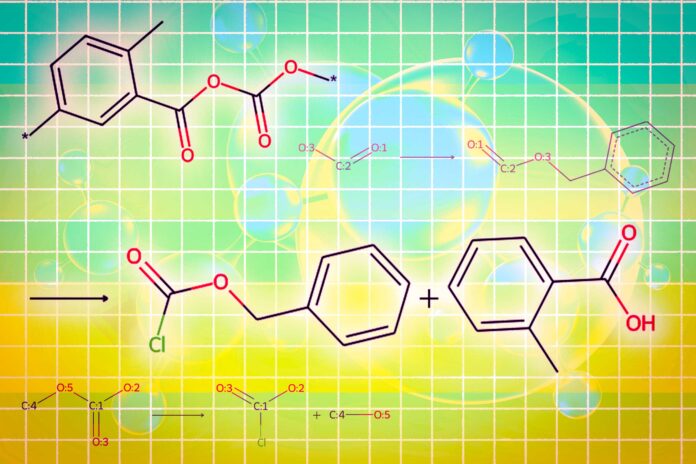Introduction to Molecular Discovery
The process of discovering molecules with specific properties is a lengthy and expensive one, requiring vast computational resources and months of human labor. However, researchers from MIT and the MIT-IBM Watson AI Lab have created a promising approach that utilizes large language models (LLMs) and graph-based models to streamline this process.
The Challenge of Molecular Design
Large language models, like ChatGPT, struggle to understand the nuances of chemistry, making it difficult for them to design molecules with specific properties. This is because molecules are composed of atoms and bonds, which are difficult to encode as sequential text. On the other hand, graph-based AI models are well-suited for molecular design but require complex inputs and cannot understand natural language.
A New Approach: Llamole
The researchers combined an LLM with graph-based AI models to create a unified framework called Llamole. This approach uses a base LLM to understand a user’s query, which is then used to generate a molecular structure. The LLM switches between graph modules to design the molecule, explain the rationale, and generate a step-by-step plan to synthesize it.
How Llamole Works
Llamole uses a base LLM to interpret natural language queries and predict text in response. It then switches between graph modules to generate the molecular structure, encode the structure back into tokens, and predict the next reaction step. The researchers created a new type of trigger token that tells the LLM when to activate each module.
Benefits of Llamole
Llamole outperformed existing LLM-based approaches, generating molecules that better matched user specifications and were more likely to have a valid synthesis plan. The success ratio improved from 5 percent to 35 percent, suggesting that multimodality is key to the new system’s success. Llamole also outperformed LLMs that are more than 10 times its size, demonstrating the power of combining LLMs with graph-based models.
Results and Future Work
In experiments, Llamole generated higher-quality molecular structures that were easier to synthesize. The researchers plan to generalize Llamole to incorporate any molecular property and improve the graph modules to boost the retrosynthesis success rate. They also hope to use this approach to go beyond molecules, creating multimodal LLMs that can handle other types of graph-based data.
Conclusion
The development of Llamole marks a significant step forward in molecular discovery, demonstrating the feasibility of using large language models as an interface to complex data beyond textual description. With its ability to generate high-quality molecular structures and valid synthesis plans, Llamole has the potential to revolutionize the field of molecular design, enabling the creation of new medicines and materials more efficiently and effectively. As research continues to advance, we can expect to see the impact of Llamole and similar technologies on various fields, from pharmaceuticals to materials science.

